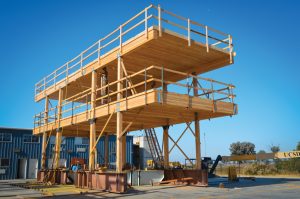They are currently responsible for 33% of global energy consumption and 39% of greenhouse gas emissions.
.
Buildings need a lot of carbon – “It involves how we construct buildings, how we use them, and where they’re located”:
How buildings contribute to climate change – Curbed
.
This week, the government introduced measures to try and address this:
.
 Meanwhile, the industry itself very much appreciates what needs to be done:
Meanwhile, the industry itself very much appreciates what needs to be done:
Architecture and climate change – Vision Group for Sidmouth
Climate Emergency Design Guide – Vision Group for Sidmouth
Urban design and climate change – Vision Group for Sidmouth
.
Here’s a list of strategies to ‘decarbonize architecture’ from the ArchDaily:
The concept of “decarbonization” has been in vogue recently in political speeches and global environmental events, but it has not yet gained enough attention in the field of architecture to profoundly change the way we design and construct the world of tomorrow. Buildings are currently responsible for 33% of global energy consumption and 39% of greenhouse gas emissions, indicating that architects must play a significant role if we are to stop or reverse climate change. With carbon acting as a universally agreed upon metric with which the greenhouse gas emissions of a building can be tracked [1], one of the most important ways through which this goal can be achieved is therefore the decarbonization of buildings.
… we outline ten strategies below to decarbonize architecture, ranging from important considerations, to procedures, to products and documents that could serve practical use for architects looking for concrete solutions…
Urgent Issue: 10 Strategies to Decarbonize Architecture | ArchDaily
.
photo: Energy consumption and CO2 emissions from building | Flickr and CE Center –